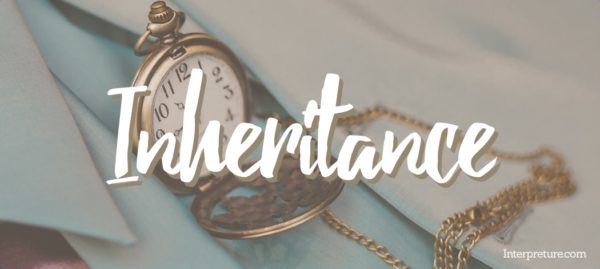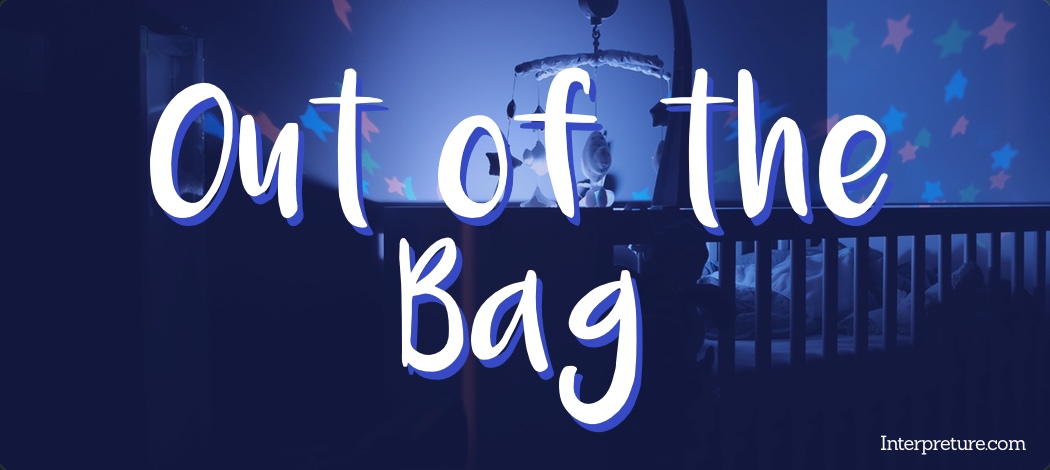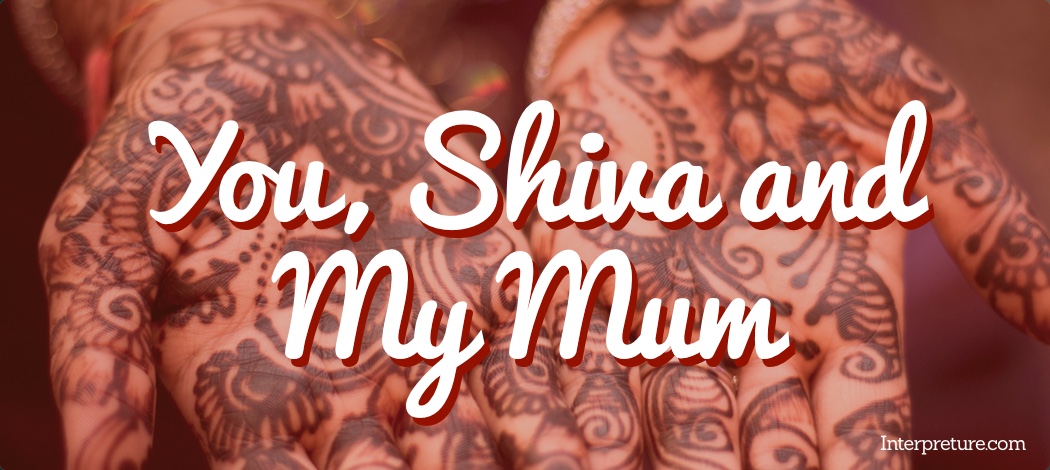‘Inheritance’ by Irish poet Eavan Boland explores ideas surrounding inheritance and what is passed on to new generations, whether this be physical items or skills and knowledge. Boland was born in Dublin in 1944, and has found focus in writing having first published work when only a student. She often focuses on Irish women in history and culture, and overall Irish identity, and her work has earned high praise. This has included President Obama quoting lines from ‘On a Thirtieth Anniversary’ in a 2016 St Patrick’s Day speech.
This poem is no longer part of the set of prescribed poems that could be included in the Edexcel English Literature exam, however it is still useful for practice as an unseen poem. This poem was examined in the 2017 AS Level Exam. Click here to see a full list of revision notes for the examined poems.

Interpreture gives ‘Inheritance’ a difficulty rating of 2, meaning that it is relatively straightforward to understand and analyse. The meaning is very clear in this poem along with the different key themes. While the language and structure are both slightly more challenging, there are still a range of techniques that are able to be identified by most students and analysed to a good standard.
‘Inheritance’
Although only a single word, it has wide range of connotations which immediately go about informing a reader of the likely subject of this poem. They are likely to correctly assume that the poem deals with the subject of inheritance, but the lack of additional detail provided encourages a reader to begin to think with the same mindset that the poem explores – specifically the concept of what can be inherited? This idea is supported by the opening line of the poem, which helps the reader continue this thought process with the initial confirmation, and is likely to make them more receptive to ideas in the rest of the poem.

Poem Structure
A notable element of the structure of this poem is the range in line lengths, with lengths up to fifteen words or as short as three. This helps to show a very varied rhythm and pace because of the somewhat confusing contribution to the layout of the poem, encouraging a reader to feel confusion, but also recognise that this varied layout and structure can be seen as showing the varied way in which society, culture and parents all pass on different things as part of an inheritance.
Working in conjunction with the varied line length technique is enjambment and varied stanza lengths, which are also very important for creating an uneven structure and rhythm that demonstrates the varied nature of life and inheritances. To a certain extent the length of stanzas feels cynical because the poem opens and closes with two-line stanzas. However, there are still breaks to this cycle with a two-line third stanza and three-line seventh stanza. In any other poem this would be the key factor which makes it feel varied, but the shifts in line length overshadows these changes, so it acts as a supporting factor rather than a defining factor. The flow of lines across stanzas through enjambment is also particularly noticeable for the shorter lines, where the flow is much more apparent, which could be interpreted as showing the cycles and flows of life and society.
The lack of rhyme scheme in this poem can be interpreted as demonstrating a lack of control and ownership, making a reader feel powerless to spot patterns in the text, and therefore mirroring the ideas of inherited items and knowledge often being uncontrollable, or at least unpredictable. Many poems will have a set rhyme scheme to show similarity, persistence and expectation, so the lack of a rhyme scheme in ‘Inheritance’ can be seen to show the opposite.
Poetic Techniques
The use of pronouns and determiners is a key part of this poem because it helps to show personal connections and experiences, highlighting their importance to the concept of inheritance. Specifically, the frequent use of “I” demonstrates the extent of the personal connection and how the narrator’s own experiences have shaped how they see the world today and what they wish to pass on to their children. While there is a use of “them” to describe the narrator’s children, they are also referred to with the possessive determiner “my”. Some readers may interpret this as showing ownership, however it is more likely to be understood as a feeling of responsibility by having raised them.
Ideas of geography and history are also included to further highlight the personal nature of the poem. For example, there is reference to the “Three Rock Mountain” which is just outside of Dublin, supported by ideas of “island of waters”. This helps to place the poem within a ‘homely’ setting as it is Boland’s home country. Similarly, references to historical context are important such as traditional “silver” and “silk” which demonstrate the importance of inheritance throughout history. There is also a general sense and understanding of shifts in societal attitudes too, such as the description of the “ground” being stood on, and how it was never really the narrator’s. This could be seen as a link to how up until 1870, anything a married woman owned would become her husbands, who would then legally have control of it, showing how previously women would have little ability to provide a specific inheritance.
It is also interesting to consider the change in tone that takes place at different stages throughout the poem. It starts relatively wondering, before shifting to sadness and regret, before returning to pride. This mix of emotions would once again help the poem to feel very personal and therefore is likely to have a greater impact on a reader as they will feel the situation is more realistic, and could potentially happen to them.
Important Lines
“It might not ever be theirs.”
Using “might” in this phrase is important because it adds a feeling of uncertainty to the situation, showing the complete unknown of life after someone passes, and the inability to know what is to come or how best to help in a situation. The link to ownership of property is also notable as it is becoming a key issue among younger generations today.
“to make the nothing … into something”
The contradicting imagery and ideas of these lines in the fourth stanza is very important for demonstrating the development of the rights of women, and how they have previously had to rely on giving an inheritance from practically nothing – this could be seen as introducing the idea of transferring knowledge and natural skills.
“I must have learned that somewhere.”
The idea of natural skills is fully considered at the end of the poem, with the imperative “I must” at the beginning of the final sentence helping to provide a reassuring tone. However, while reassuring and showing a deeper level of understanding, it could also be interpreted that there is a sense of regret still present.
‘Inheritance’ Key Themes
- Identity: The theme of identity is very important, as this is the idea that ‘Inheritance’ is built around, both in terms of the poem and also the concept itself within society. The poem explores the different forms of inheritance which could contribute to forming an identity, whether that be land and setting or items or knowledge.
- Gender: Motherhood as a part of gender is another key concept, as the poem specifically looks at what a mother can pass on to her children. The absence of fathers could be interpreted by some readers at helping to make the poem feel more delicate and emotive (through traditional expectations).
- Society and Culture: The geographical and historical references are an important way that the societal conditions and factors are brought into the poem. This makes it feel more important to a reader, and may encourage them to consider how society may affect them in relation to inheritance.
Quick Focus Questions
- At what point is the shift in tone most effective? Include analysis to support your idea.
- Why is the varied structure so important in the poem?
- Consider the way that different forms of ‘property’ are explored throughout the poem – how is this effective for a reader?
The way in which ‘Inheritance’ considers the impact of societal views on individuals would likely appeal to a range of readers, and it is clear that readers with similar personal experiences would find it very emotive. The ideas explored in this poem link well to others such as ‘Effects’ and ‘Out of the Bag’ in terms of passing on ideas, but also ‘You, Shiva and My Mum’ and ‘The Fox in the National Museum of Wales’ for the idea of sharing context and culture.






